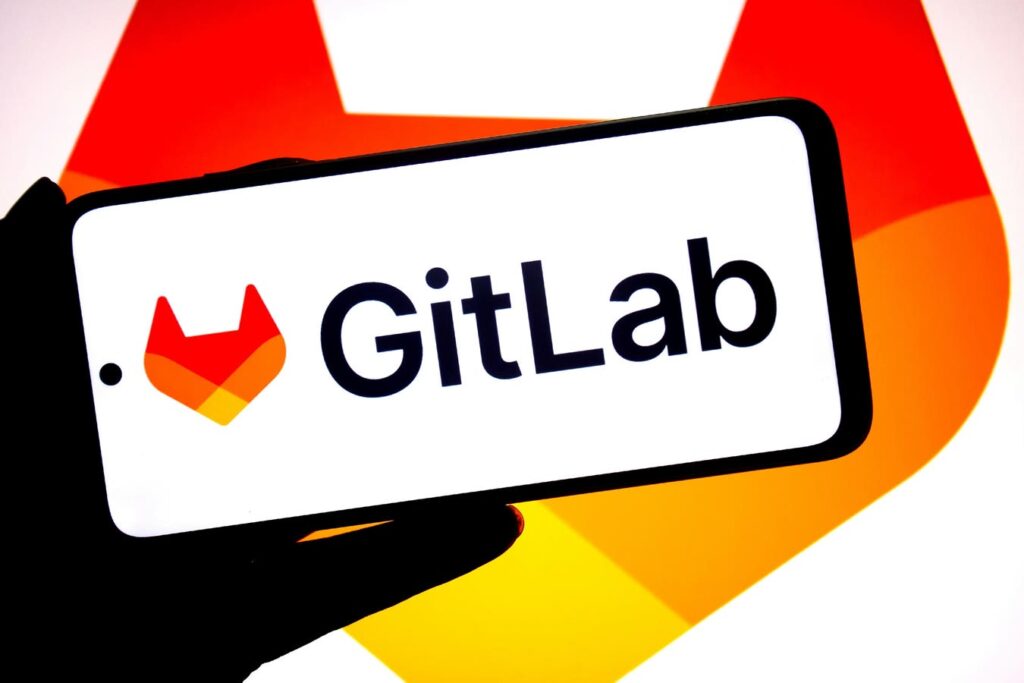GitLab (NASDAQ:GTLB), a firm that offers tools to assist teams in managing their software development lifecycle, is anticipated to release its Q1 results on June 10. Consensus forecasts indicate revenues nearing $213 million for the quarter, marking a 26% increase compared to the previous year, while earnings are estimated to be around $0.15 per share, nearly 5 times higher than last year. Historical data imply that the stock has a strong probability of rising after earnings, as GitLab has experienced a positive one-day return post-earnings about 75% of the time over the past three years. The company currently has a market capitalization of $7.4 billion. Revenue over the past twelve months was $759 million, and it reported an operational loss of $-143 million, along with a net income of $-6.3 million. Therefore, if you are looking for upside with less volatility compared to individual stocks, the Trefis High Quality portfolio offers an option, having surpassed the S&P 500 and yielded returns over 91% since its inception.
See earnings reaction history of all stocks
GitLab’s Historical Odds Of Positive Post-Earnings Return
Here are some insights regarding one-day (1D) post-earnings returns:
- Over the last five years, there have been 14 recorded earnings data points, resulting in 10 positive and 4 negative one-day (1D) returns. In summary, positive 1D returns occurred approximately 71% of the time.
- Significantly, this percentage rises to 75% when considering data from the last three years instead of five.
- The median for the 10 positive returns is 12%, while the median for the 4 negative returns is -15%
Additional information regarding observed 5-Day (5D) and 21-Day (21D) returns post-earnings is compiled along with the statistics in the table below.
Correlation Between 1D, 5D, and 21D Historical Returns
A relatively lower-risk strategy (although ineffective if the correlation is weak) involves analyzing the correlation between short-term and medium-term returns following earnings, identifying the pair with the strongest correlation, and executing the suitable trade. For instance, if the 1D and 5D returns exhibit the highest correlation, a trader might consider taking a “long” position for the next five days if the 1D post-earnings return is positive. Below is some correlation data derived from a 5-year and a 3-year (more recent) analysis. Note that the correlation 1D_5D represents the relationship between 1D post-earnings returns and the following 5D returns.
Is There Any Correlation With Peer Earnings?
At times, the performance of peers can impact stock reactions following earnings. In fact, the pricing might start before the earnings are released. Below is some historical data regarding GitLab stock’s past post-earnings performance compared to the performance of peers reporting earnings just prior to GitLab. To ensure fairness, peer stock returns also reflect post-earnings one-day (1D) returns.
Learn more about Trefis RV strategy that has outperformed its all-cap stocks benchmark (comprising all three, the S&P 500, S&P mid-cap, and Russell 2000), providing robust returns for investors. Additionally, if you are seeking a smoother experience with greater upside than an individual stock like GitLab, consider the High Quality portfolio, which has outperformed the S&P, achieving returns exceeding 91% since its inception.
Read the full article here

